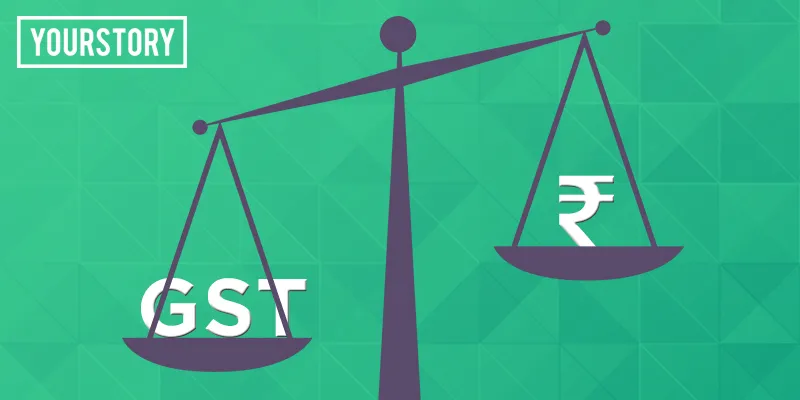GST with additional transaction tax will impact e-commerce and trade
The one percent tax on every transaction will impact all businesses that handle more than Rs 10 lakh, by locking up working capital and increasing paper work
The Central government has its task cut out ahead of the Good and Services Tax (GST) rollout, thanks to the pressure from state governments. The states are asking for a one-percent tax on goods shipped from manufacturer through the supply chain until it reaches the retailer.
The states are pressing the Centre, because then they would be able to easily track the origin of the tax payment and keep tabs on the Central government when it compensates each state for the GST rollout.
The trust deficit problem will result in the states inflicting a barrage of additional paperwork on startups and brands in the retail business including the likes of biggies like Flipkart, Amazon and others. This will play around with a brand’s margin in the distribution chain, as it will be forced to fork out one-percent tax on Maximum Retail Price.

“With this one percent tax, we not only have to manage additional paperwork, but claim a tax rebate by the end of the year,” says Vikas Lacchwani, co-founder of MCaffeine, a personal care brand, adding that this one percent levy on every item leaving the factory would mean a part of the working capital gets stock in paying tax.
Section 37 of the new GST Model Law released by an empowered committee states that any business whose supply exceeds Rs 10 lakh must pay one percent tax. Words used in the proposed ;aw include “deductor” and “deductee” where the deductor will furnish to the deductee the contract value, the rate of deduction, the amount deducted, amount paid to the appropriate government and such particulars as may be prescribed. The deductor will be charged a fine if he does not provide a certificate to the deductee saying he has paid tax. The entire chain of distribution then claims for tax rebate by the end of the year. Section 38 shows details of the tax deducted at source and by when it should be deposited with the government.
The GST is charged on the final MRP of the product, unlike Value Added Tax (VAT), which is on the value of sale. It is supposed to be a single source of tax across the distribution chain. Ankit Sethia, founder of HipShip, an online logistics aggregator, says,
“The one percent tax again is going to make the system inefficient and increase cash burden on companies.”
Here is how it works. Say you are a brand that sources raw materials from 30 different sources to manufacture biscuits, the entire chain pays one percent tax. Then when the biscuits are packaged and made ready in a branded format, the carrying and forwarding (C&F) agent pays 18 percent (for example) GST at the factory gate, which is charged by the factory. From there on the C&F agent takes the product to a warehouse in Pune. From here the stockists pick it by paying a one percent tax on the product. The C&F agent must now fill out the form that the tax was deducted and submit it to the government within 10 days. The stockist must do the same too, all the way up to the retailer. Imagine the paperwork that can destroy the objective of the GST. This TDS system is like the old tax system in reality. The only good thing being the money will be returned to the entire chain by the end of the year.
Now this could cause a huge conflict between businesses and the Central government, all because the States want to ensure that their tax revenues do not get eroded. Certainly there must be a more efficient way to track tax revenues for the State governments.



![[Funding alert] KhataBook raises $25M in Series A led by GGV Capital, Partners of DST Global, Sequoia India, Tencent, others](https://images.yourstory.com/cs/2/a9efa9c02dd911e9adc52d913c55075e/khatabookteampicture21569840696854jpg?mode=crop&crop=faces&ar=16%3A9&format=auto&w=1920&q=75)



